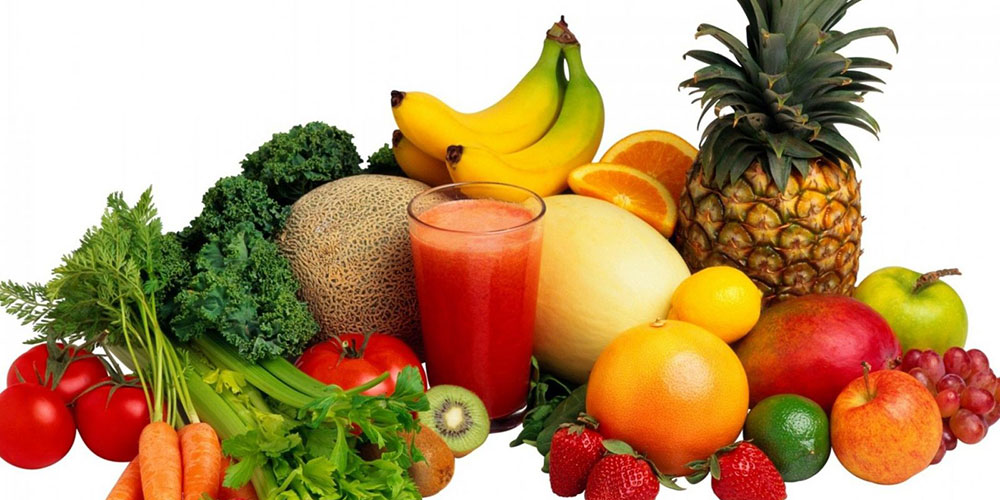In fact, spending on food and beverages is positively correlated with the growth of Vietnam’s economy, because along with the recovery of economic growth momentum, the demand for food products and the beverage of our economy is also increasing. Generally, in the period of 2014-2016 economic growth averaged 6.29% / year, significantly higher than the average growth of 5.52%. / year 2012-2014 period. Although the economic growth in 2016 did not reach the target of 6.7%, the growth rate of 6.21% was still recognized as a success when Vietnam’s economy faced the situation. drought, flood and marine environmental incidents in the Central region. Stable economic growth is the foundation for the booming growth of the food and beverage industry as this sector accounts for about 15% of total GDP and is on the upward trend in the near future. Nielsen Vietnam data shows that the recovery of growth occurred in the food segment (4.7%). In 2016, Vietnam’s food and beverage market size was assessed to be about US $ 30 billion.
Figure 1: Average profit after tax of food and beverage enterprises in 2011-2015 period (Unit: million dong) Source: Vietnam Report
In addition to the increasingly stable economic growth, the young population of more than 90 million people in Vietnam also increases the attractiveness of participating in the food and beverage industry in the market. Economic growth has helped raise per capita income in 2016 to US $ 2,200 / person / year, leading to an increase in Vietnamese household spending on food and beverage. Therefore, besides large enterprises, such as Vinamilk, TH true MILK, IDP, Masan, Dutch Lady, Nutifood, Habeco, Sabeco, Tribeco, URC, Kinh Do, Bibica, Huu Nghi, Tan Hiep Phat together with Foreign companies such as Coca-Cola, PepsiCo, Unilever, Nestlé, San Miguel also appear more powerful corporations involved in this category such as Hoa Phat, Hoang Anh Gia Lai or Vingroup. Economic growth is increasingly stable, prices of essential goods tend to increase slightly and the middle class expands, tourists increase and international integration deepens, the food and beverage industry is based. It is solid to continue to achieve double-digit growth in 2017 and maintain this growth until 2019. According to BMI Research, the food industry and Vietnam’s beverages will maintain an annual compound growth rate of 10.9% for the 2017-2019 period. Besides, BMI also forecasts that the growth of the dairy industry is expected to be about 10%, of alcoholic beverages is 11.1% and consumer demand will focus on food and essential goods.
Figure 2: Forecast for food and beverage growth until 2019. Source: BMI
The industry’s growth trend in 2017 is expected to continue strong growth, reaching a minimum of about 15%. Along with the trend of speeding up the listing process of stocks on the stock exchanges of large enterprises in the industry (for example, Habeco) and the increasing penetration of many big brands in the world, Certainly the food and beverage industry will continue to thrive in the coming years.
Tung Le (Vietnamnet)




 OEM-ODM Coffee Solution – Instant Coffee & Roasted Coffee & Drip Bag Coffee & Capsules Coffee – HUCAFOOD
OEM-ODM Coffee Solution – Instant Coffee & Roasted Coffee & Drip Bag Coffee & Capsules Coffee – HUCAFOOD